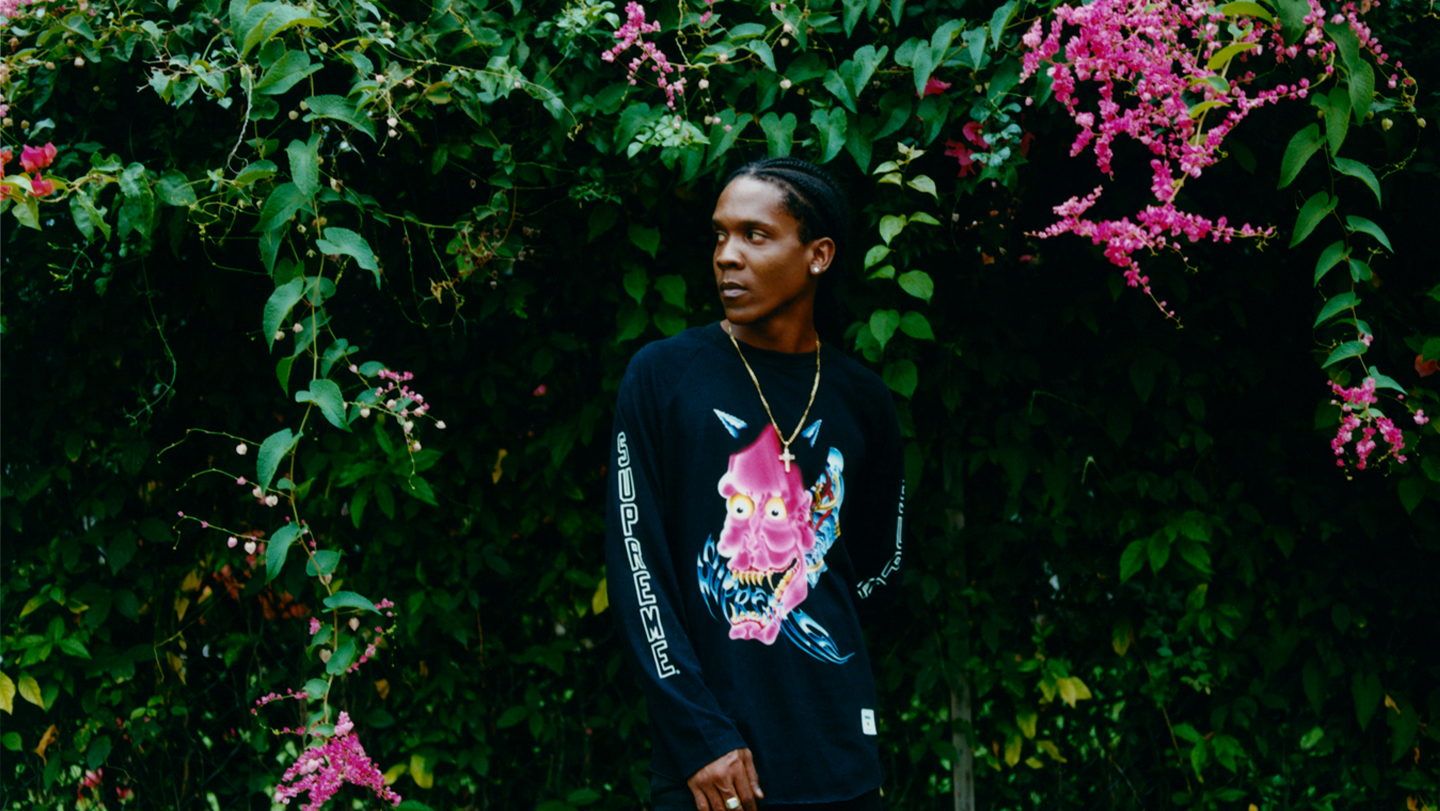This story originally appeared in i-D’s The Royalty Issue, no. 370, Winter 2022. Order your copy here.
Dancehall, like any other musical genre and scene, evolves as times change. Nothing is static. New technologies, new artists and new sounds drift in from across the seas or via the internet. Something exciting in New York ripples over to London, morphs, then moves on again, gathering new momentum and context in another place.
In Jamaica, for the last few years, musicians have been drawing influence from the production stylings of trap music, which first emerged in the southern US. Trap began by defining the very specific hip-hop sound in Atlanta, and from there the wider American hip-hop scene, worming its way into the pop lexicon and eventually taking root in Jamaica, firstly in the early 2010s and rising in popularity more recently. In Jamaica, dancehall musicians adopted the genre’s triplet beat, with added high-hats, 808s and synths replacing the heavily percussive riddims of the past to create a new experimental score for Jamaica’s youth.
Subscribe to i-D NEWSFLASH. A weekly newsletter delivered to your inbox on Fridays.
“Everyone assumes a certain type of culture when they think about Jamaica; people don’t usually think of its subcultures,” says Jeano Edwards, a Jamaican photographer who captured the images on these pages. “These artists have access to the internet and that brings them different types of sounds, which comes together in this interesting way that creates something that feels fresh and a departure from what we know dancehall to be.”
Delivered in cadences typically found in hip-hop but voiced in Jamaican Patois, and with lyrics about the specific life experiences of young Jamaicans in 2022; their aspirations, hopes and dreams (or sometimes simply flexing their lyrical dexterity), artists like Bayka, Pablo YG, Kraff and Valiant – working alongside producers like Wilo Don, Mac and Spinaz YG have crystallised themselves as the next emerging group of musicians creating something unique on the island.
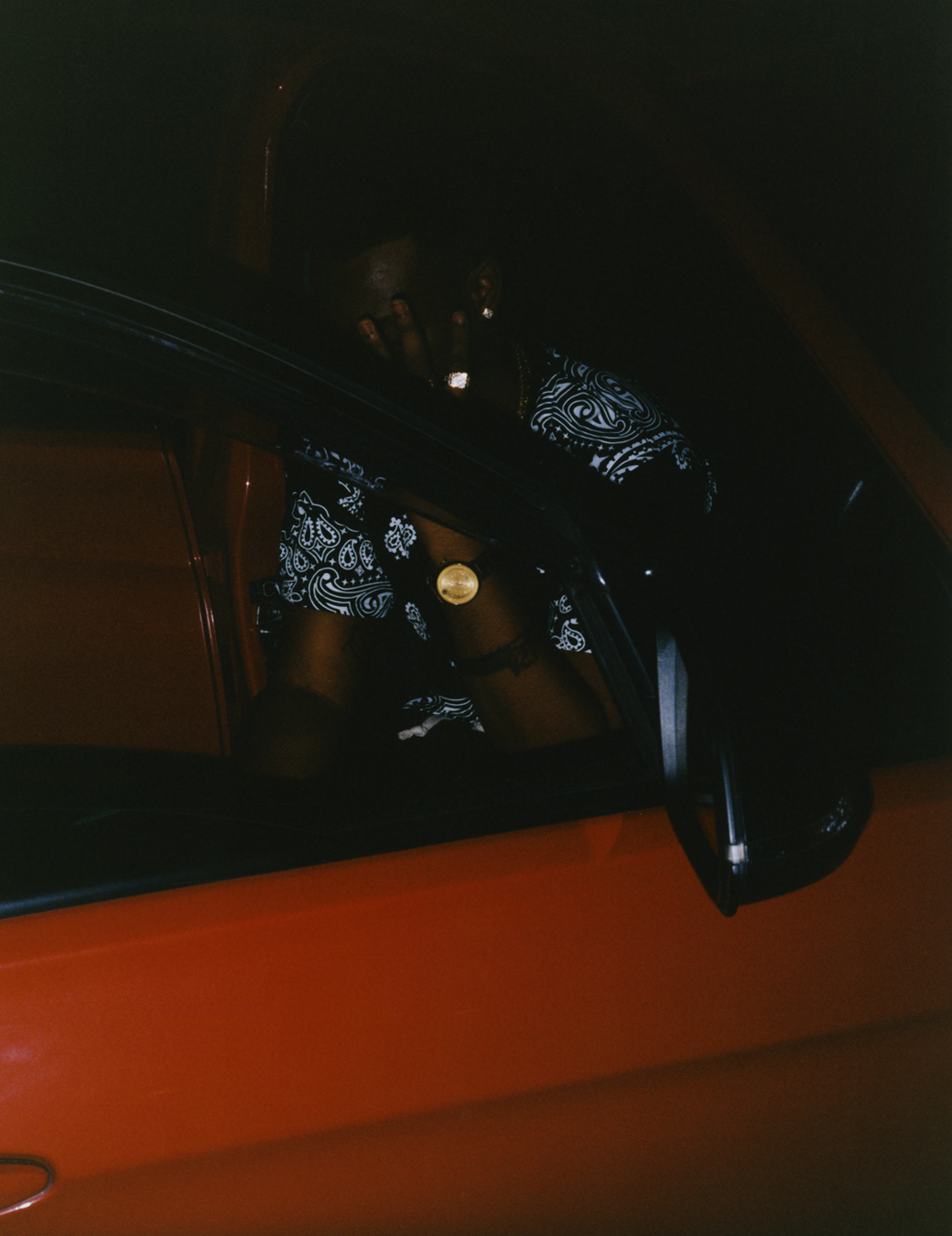
With many of these new artists being in their late teens and early twenties, they’ve grown up entirely under the influence of social media, and the diversity of sound found across the internet has defined their expansive musical palettes. “They’re seeing and hearing different types of music,” Jeano says. “They pull from something of their own, dancehall, but are still touching on this global sound palette for inspiration.” Trap dancehall is a reflection of this dynamic.
“The newer producers and artists like the trap dancehall sound. Even though it veers from the authentic sound a little but the thing’s new, it sounds good,” says Wilo Don, the executive producer of LSD Music Group who hails from Kingston. “It’s here now. But tomorrow, the whole sound of dancehall could change again.”
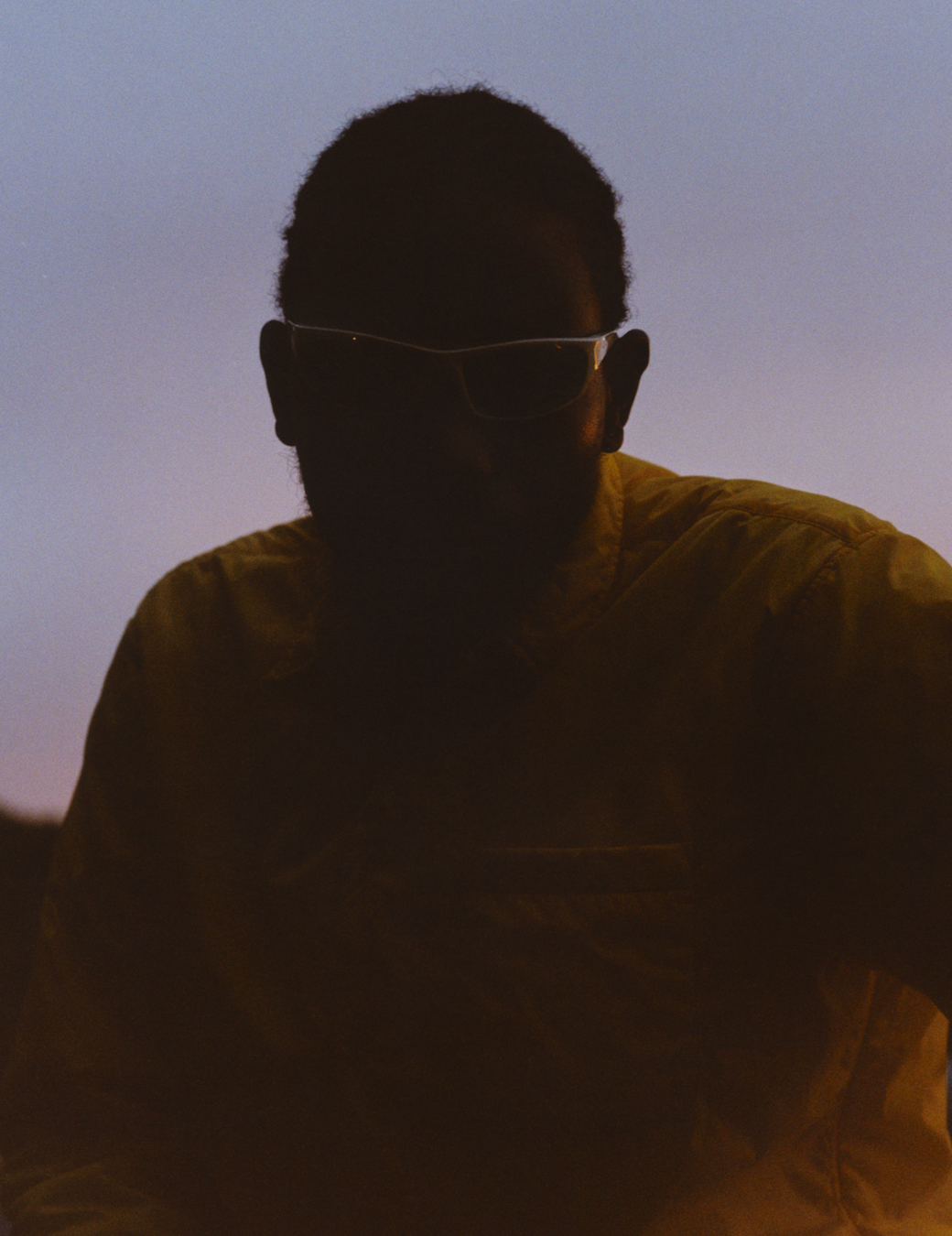
“All the instruments that we’re using in these trap beats are from hip-hop,” says Mac, a producer, DJ and engineer from Kingston who has amassed credits with other dancehall acts like Jahshii, Brysco, Vybz Kartel, Rytikal and Skillibeng. “Those are hip-hop drums, hip-hop snares and hip-hop high hats. We don’t use high hats in dancehall or reggae. Even the way the vocals are placed come from outside.”
Pablo YG, known for hits like “Booming” and “Bang”, is from the country’s north coast in St. Ann’s, and part of the Young Groove camp who believes leaning into trap has a particular appeal for people around the world who are fans of the genre. “The trap sound is good. It’s the new style that people are gravitating to now. It’s working right now. We can get ourselves out there more. The foreign people can understand and really get to what we’re talking about.”

Kraff, from Jamaica’s most northwestern parish, Hanover, has skillfully approached how he engages with trap dancehall and sees it as a reflection of his own agility, but also a way to service fans. “You have to not just be an artist that people choose to listen to. You have to be an artist that listens. You have to be aware of your surroundings.”
This is paramount to understanding why many are exploring the current sound. More than anything, trap dancehall affords artists an opportunity to showcase their ability to be versatile and adapt to whatever sounds presently move dancehall fans.

“I don’t limit myself,” says Bayka, a young musician from Spanish Town who has quickly made himself well known with records “1 Uptown” and “Mobster”. “I live in Jamaica but my songs are playing in New York. They’re playing all over the world. I am here in Jamaica but why would I limit myself to one thing?”
The sound is grittier, nocturnal and edgier, and it’s clear that artists are interested in seeing where it can go. One of those on the frontlines of this endeavour is Valiant, whose singles “North Carolina” and “St.Mary” have become instant anthems. Calling his own strain of trap dancehall trappa- gospel, “It’s a soulful and different feeling,” he says.
“Everyone assumes a certain type of culture when they think about Jamaica; people don’t usually think of its subcultures.” Jeano Edwards
Valiant recently went viral on TikTok with a video he posted. While talking to his friend, he says “Kotch eh hat ah lie” which has since been created into a sound used 14.1K times on the platform and has been adopted into Jamaican youth’s lexicon – although no one seems to really know what it means, leaving many fans of dancehall taking to social media to ask their following for clarification. Nevertheless, this new traction has led people to discover his music.
Despite its popularity amongst the country’s youth, trap dancehall has faced some pushback for its auditory departure from traditional dancehall riddim aesthetics, but also for its lyricism. A detailed Afropunk report points to the rise in Montego Bay and western Jamaica of the practice of lottery scamming – phone scams oriented around the payment of clearance fees for the promise of an alleged cash prize – as a thematic lyrical exploration of trap dancehall. Their prevalence is so severe that the country’s Broadcasting Commission has recently issued a directive that makes it a requirement for television and radio broadcasters to take “immediate steps to prevent the transmission of any recorded material that promotes and/or glorifies illegal activity”.

Perhaps the best component of trap dancehall has been what it has done for music in the country outside of the capital. With many homogenising the varied sounds that come out of Jamaica, the emergence of this scene has added a dynamic layer of regionality to understanding the musical capacity of the country’s musicians. With much of dancehall’s development coming from Kingston, trap dancehall has afforded musicians from other parishes visibility and a means to show collectively what they’re capable of producing. “Usually artists from St. Ann have to go to Kingston to get the exposure they need,” Pablo YG says, “But right now, you don’t even have to leave the coast because we’re giving the coast the drive that it needs.”
Decade after decade, dancehall’s sounds have changed. Perhaps its current tone skews towards the genre’s youth fan base, but what seems to be a widely-held belief for trap dancehall artists is that this change has provided space for musical innovation. Says Wilo Don, “You just have to adapt to the times. If you don’t adapt, it’ll leave you. So either you adapt and try to stay relevant and stay current or you just know your time has passed.”
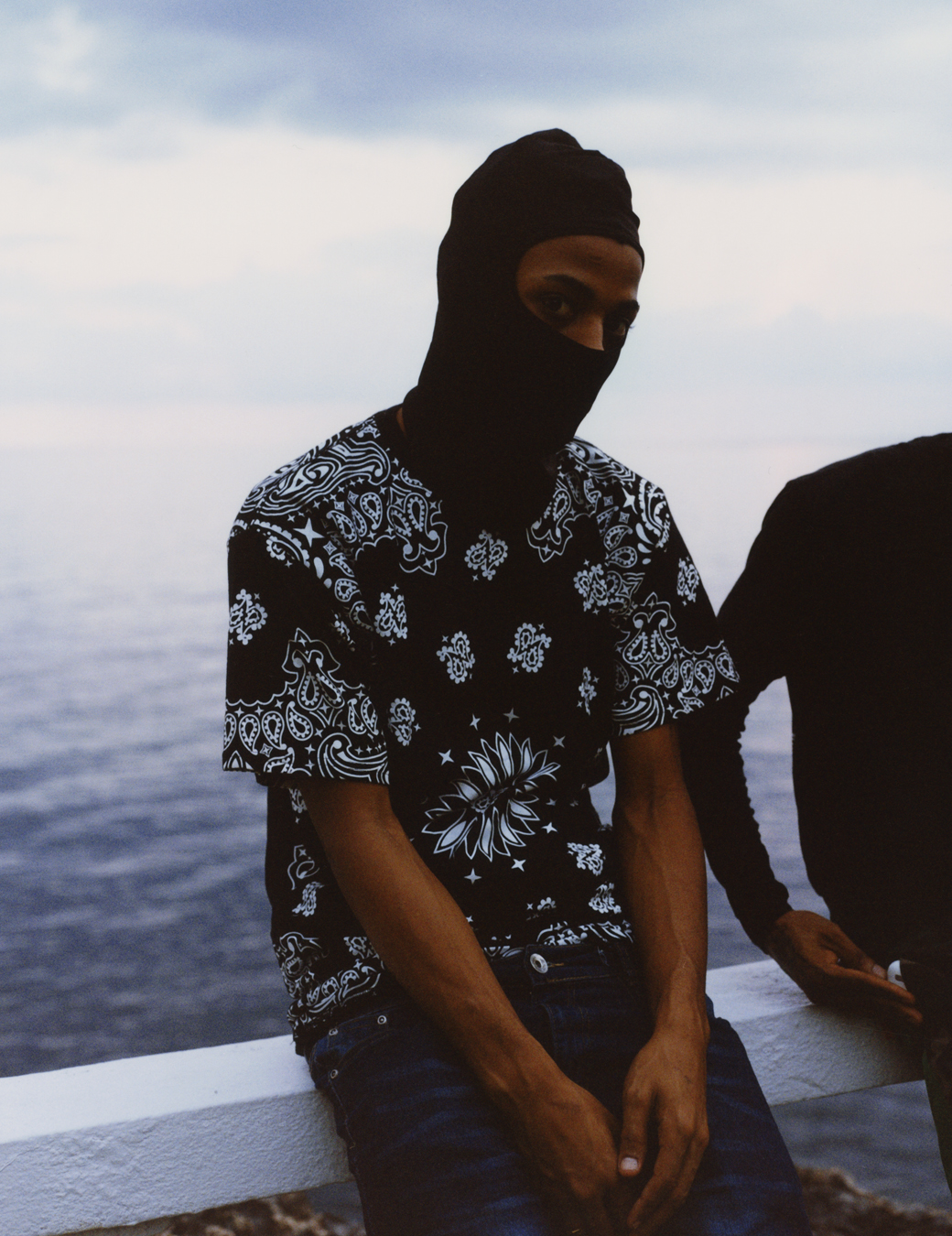
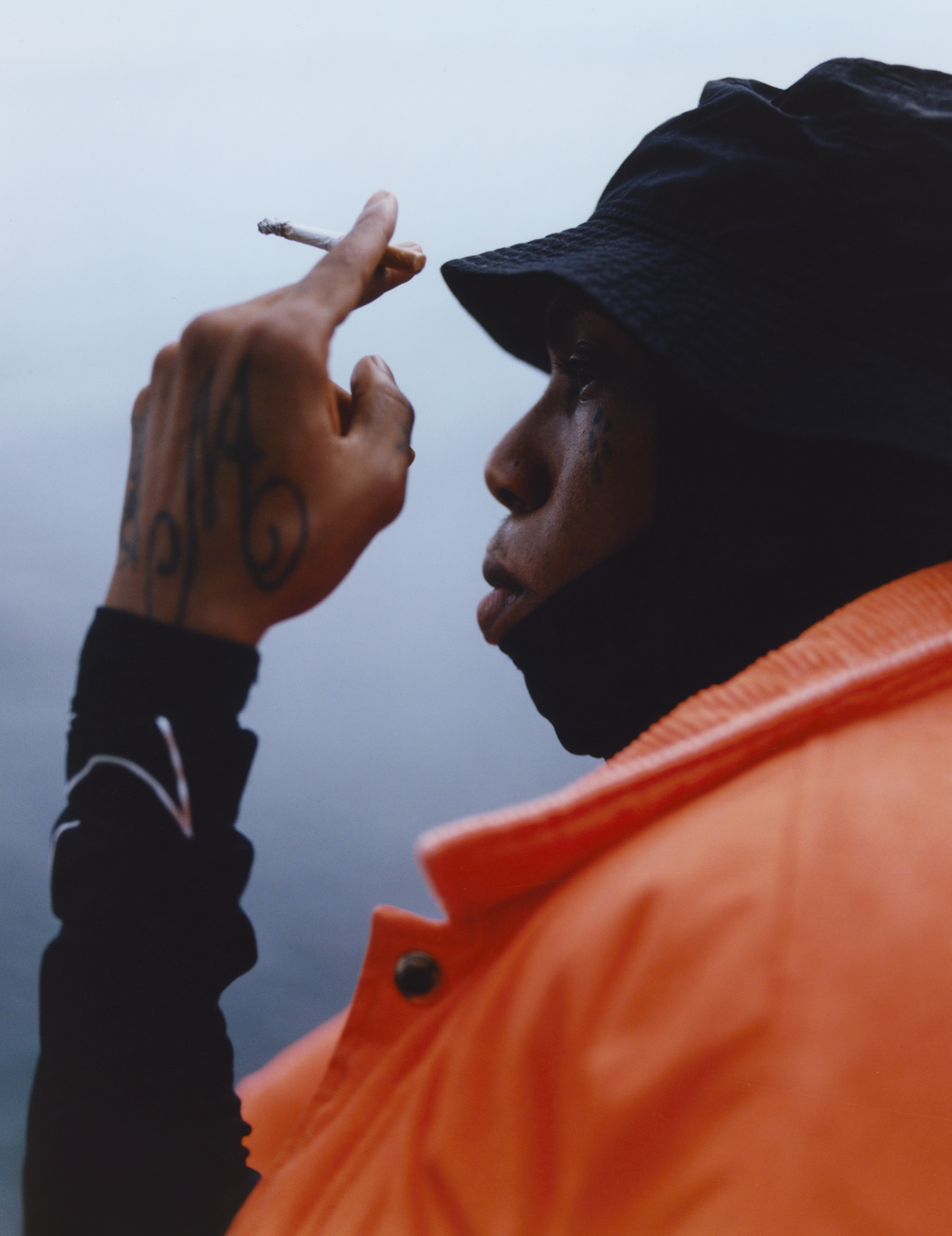
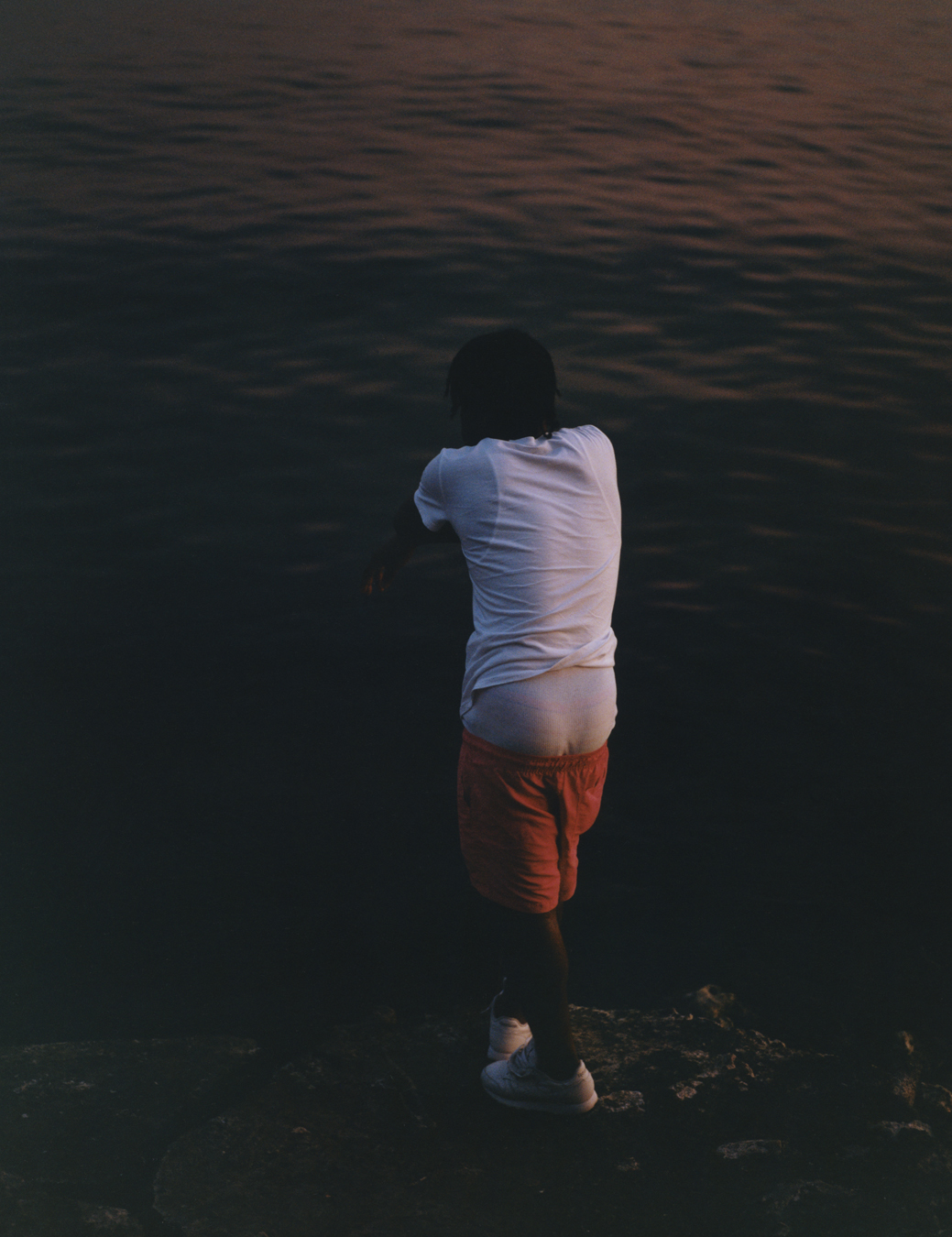

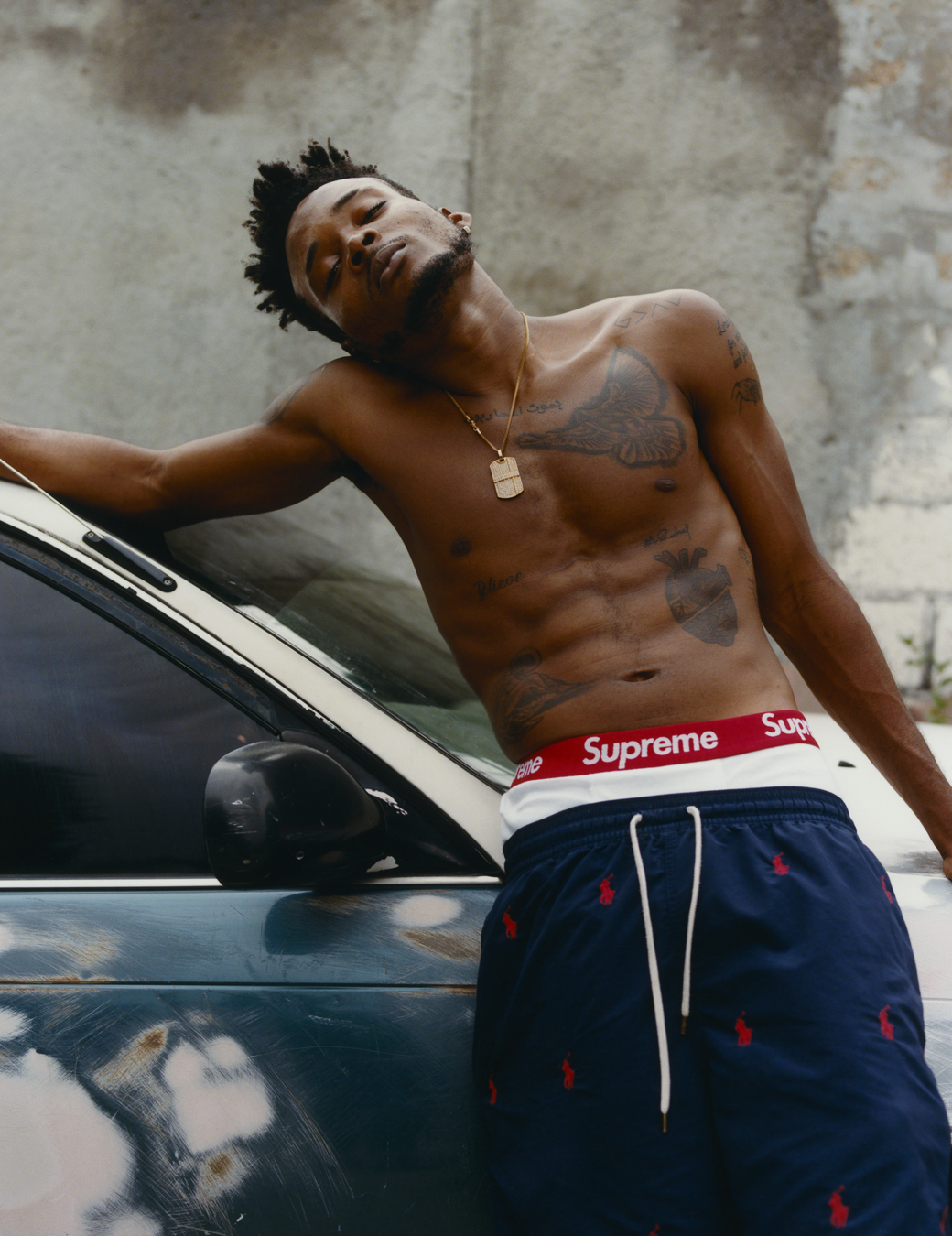

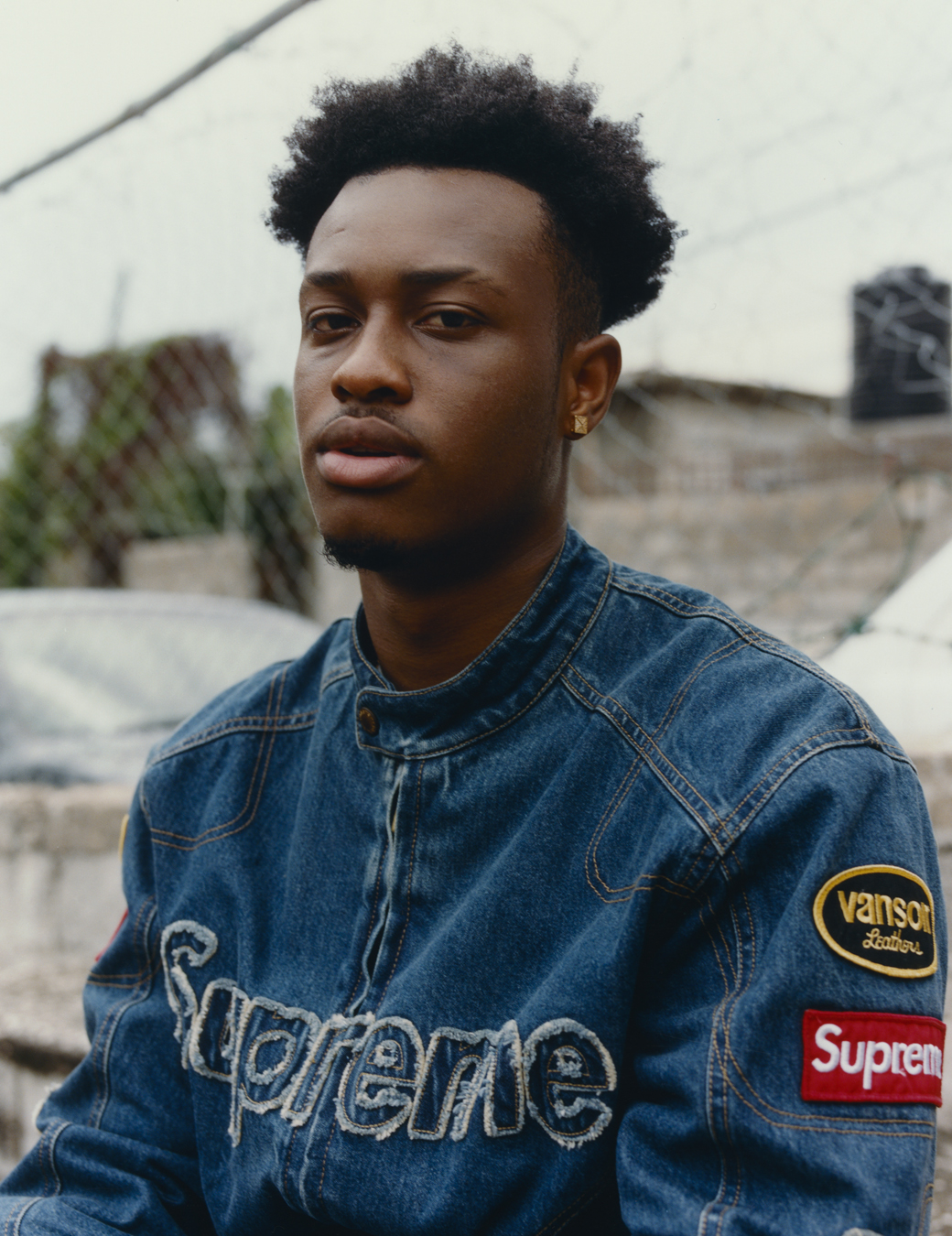
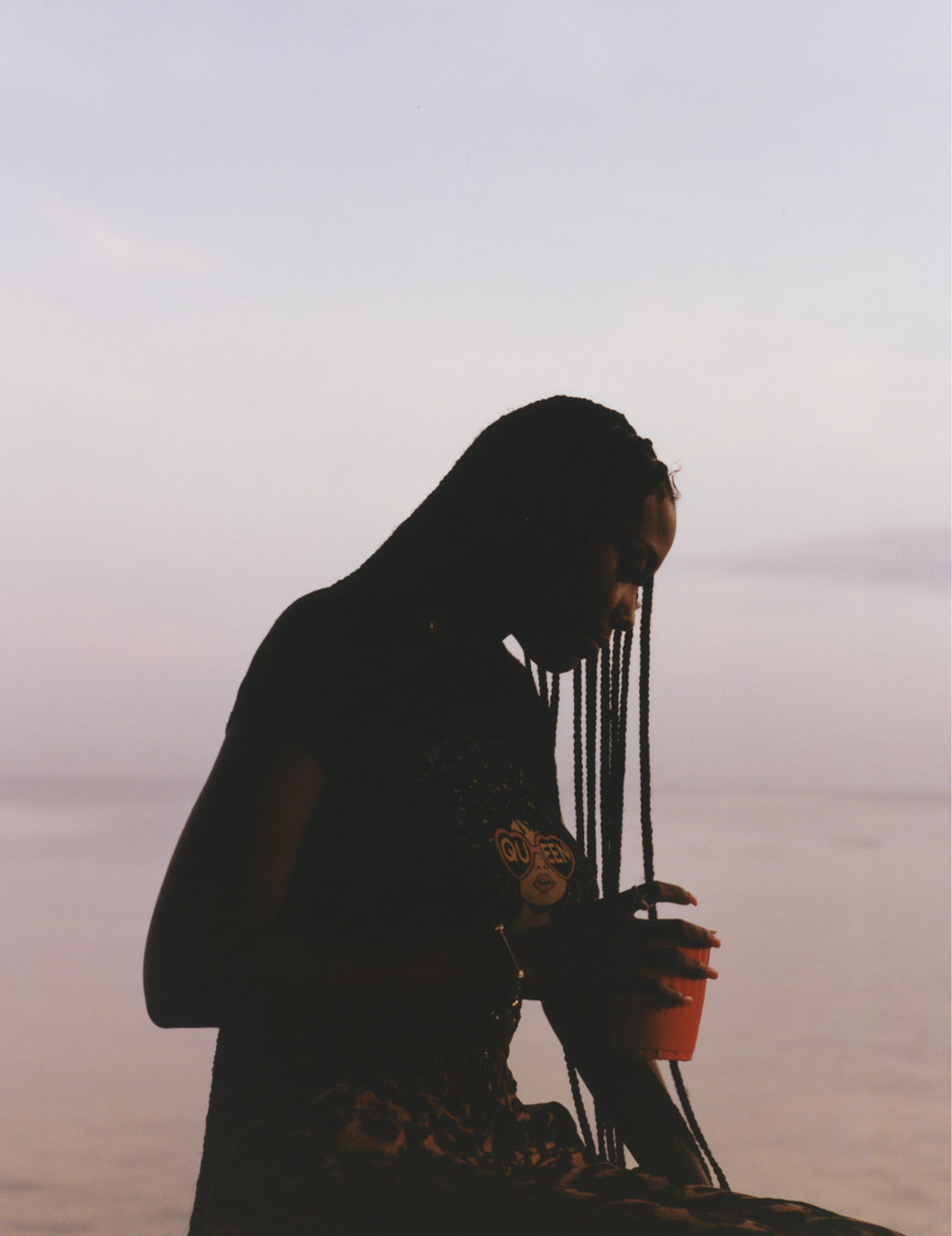

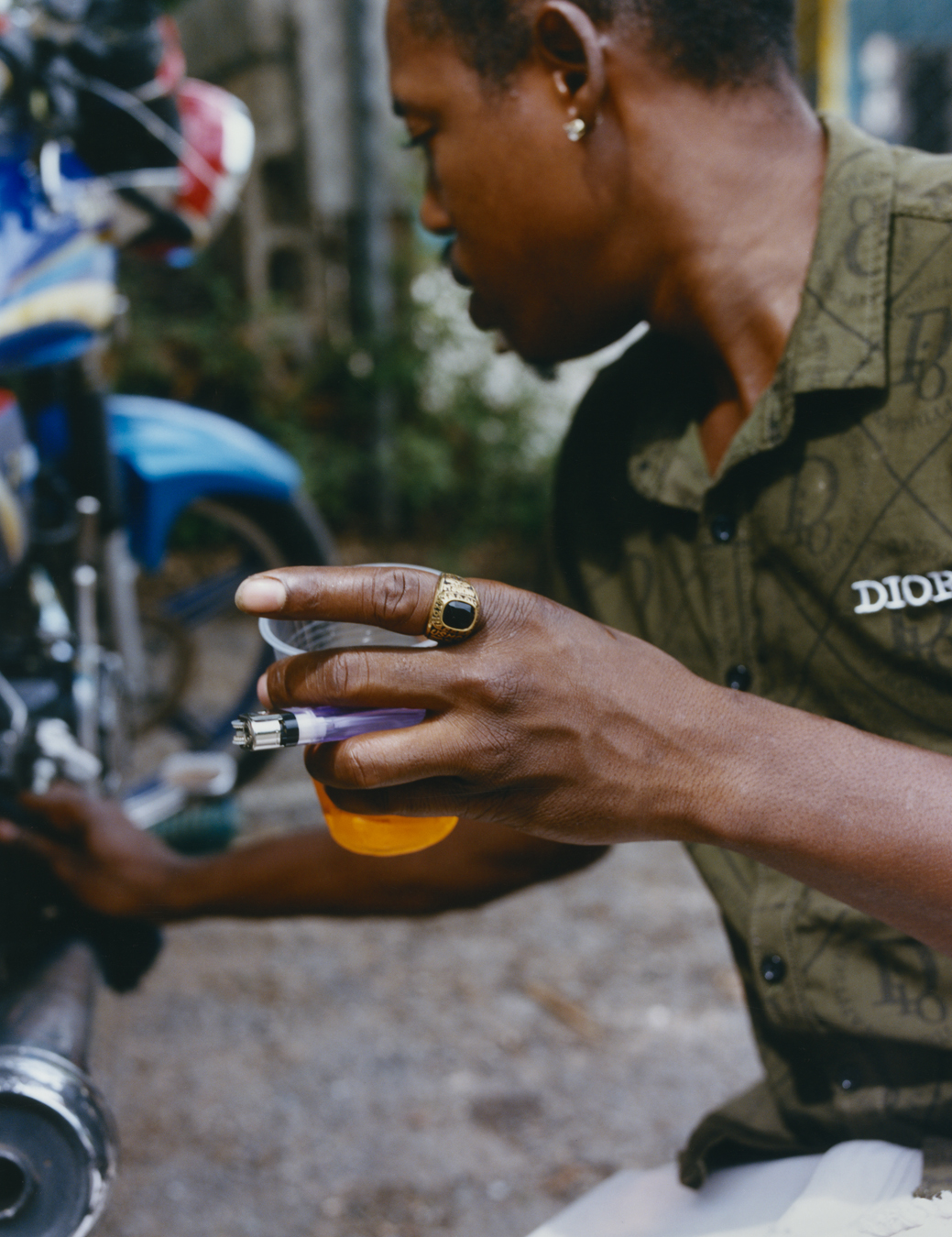



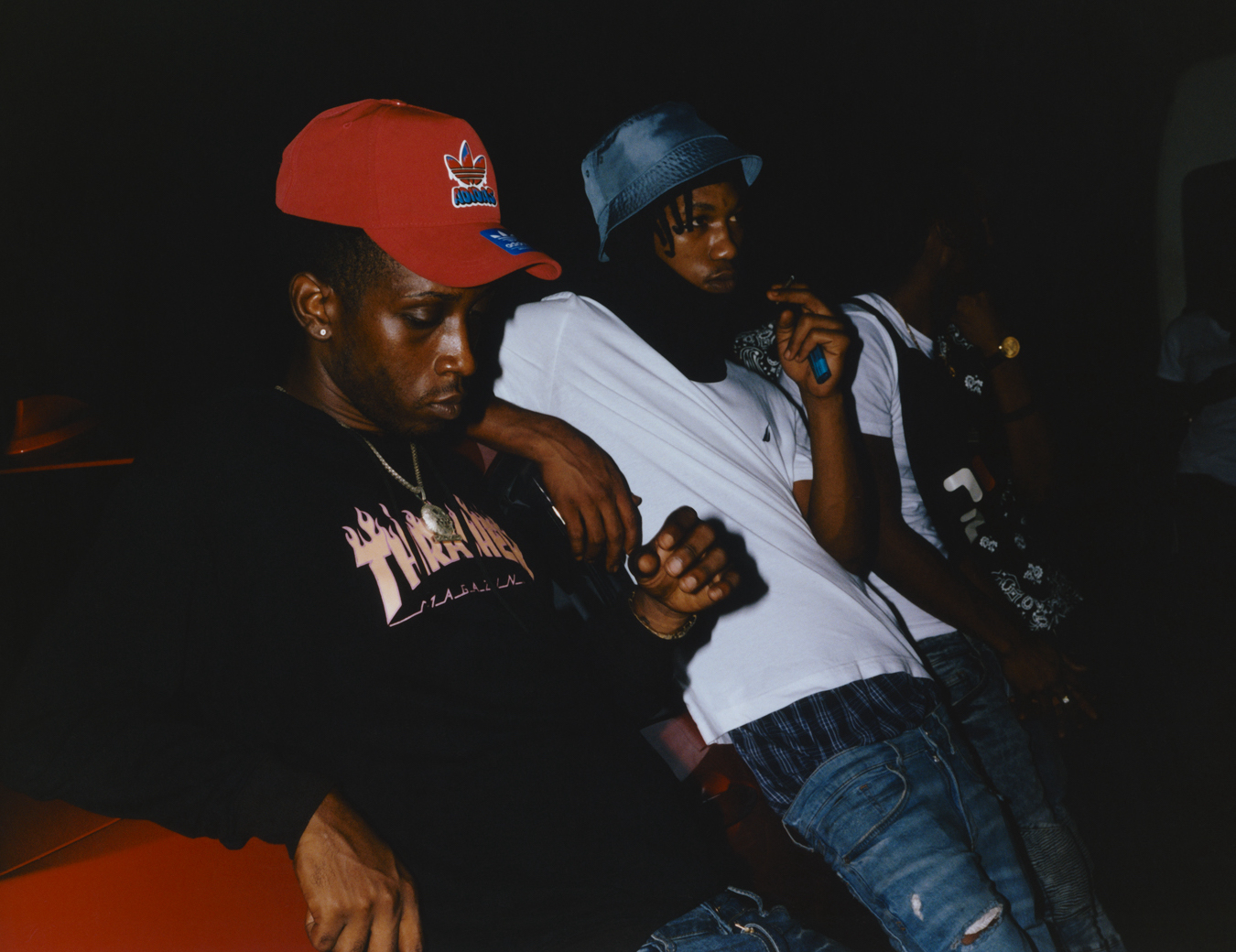
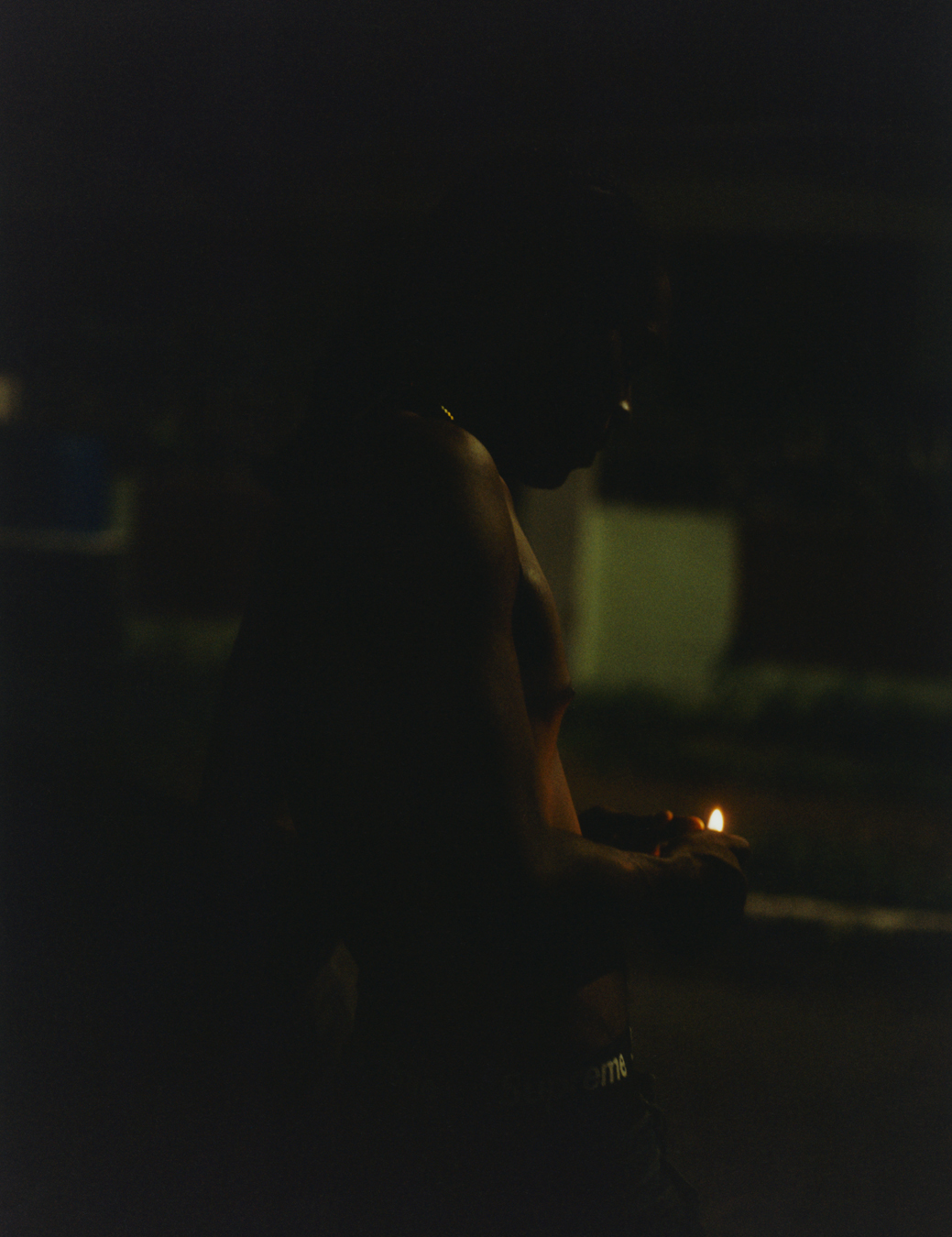
Credits
Photography Jeano Edwards
Fashion assistance Chevelle Wilson
Models Valiant, Bayka, Kraff, Balla, Wilo Don, Joe, DJ Mac, Mezzy, Pablo YG, DJ Baba and Paddy
